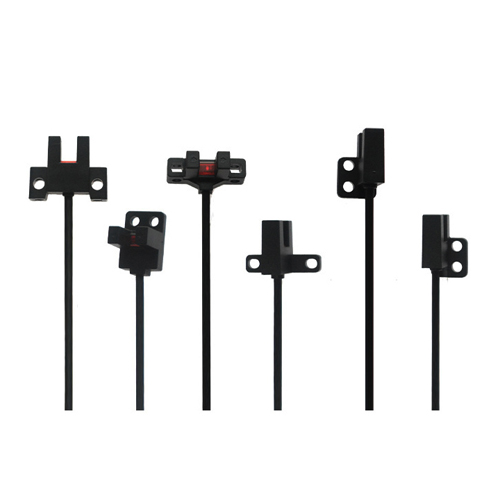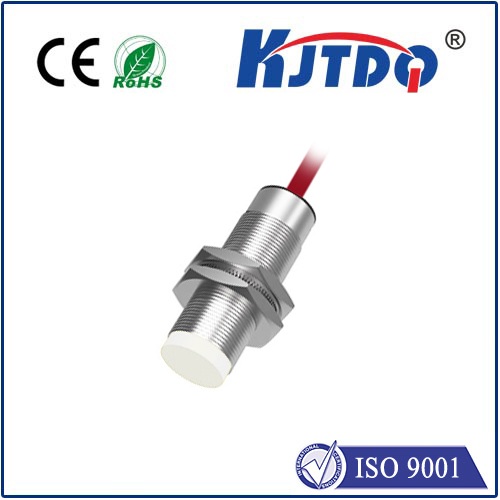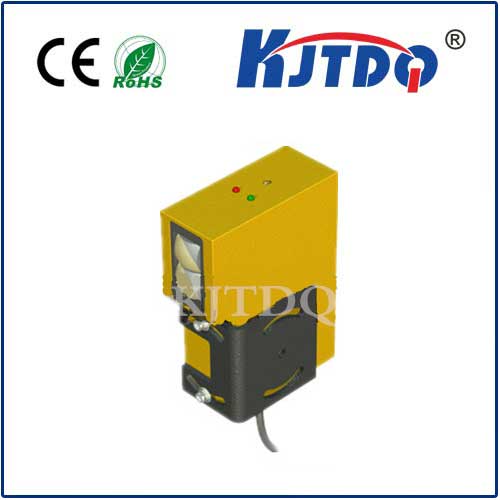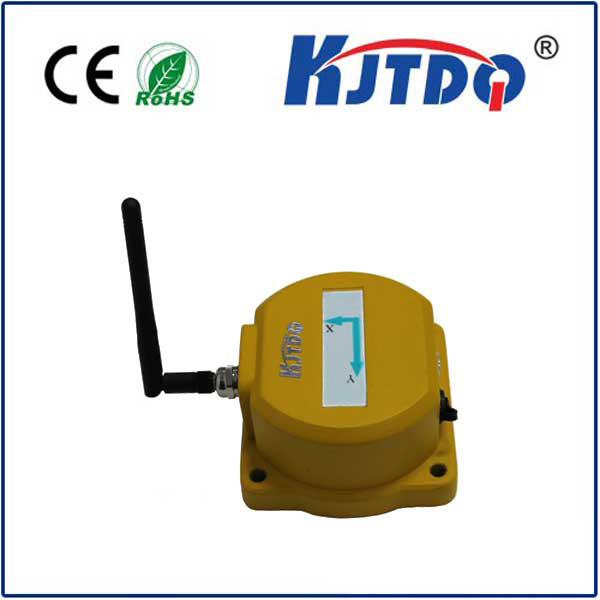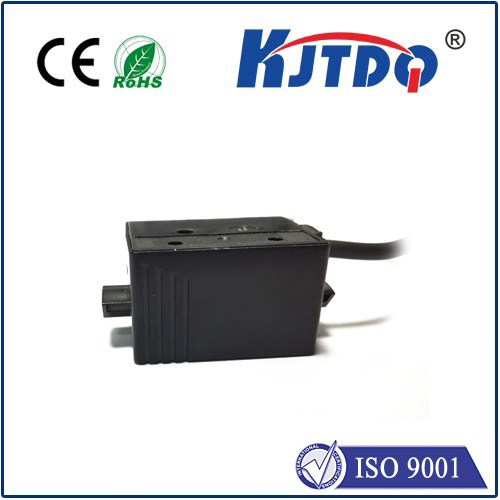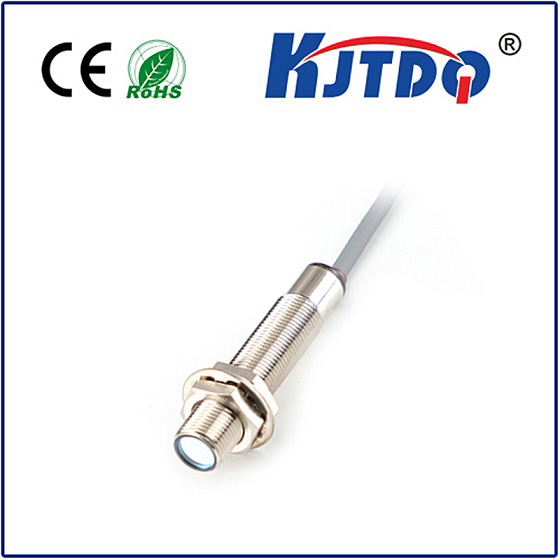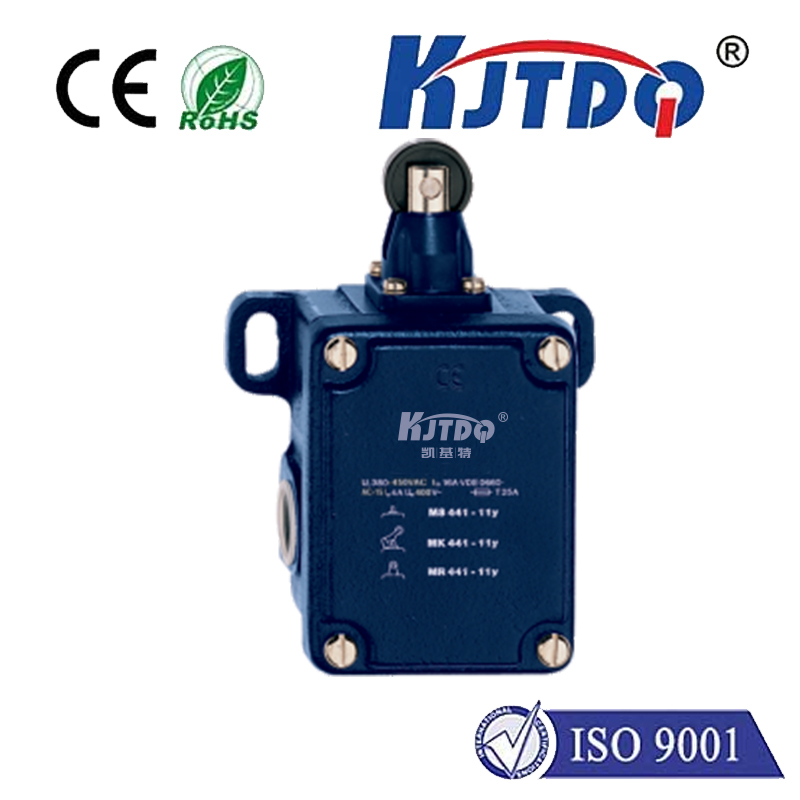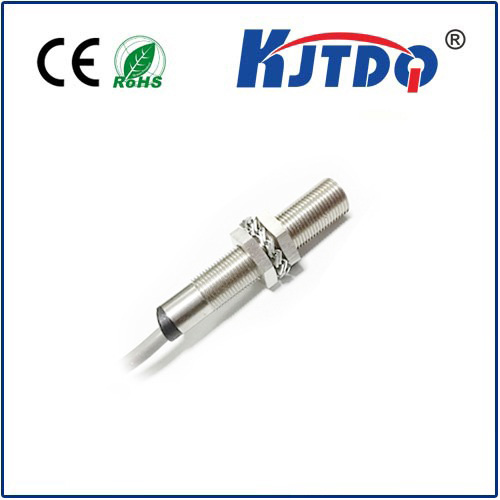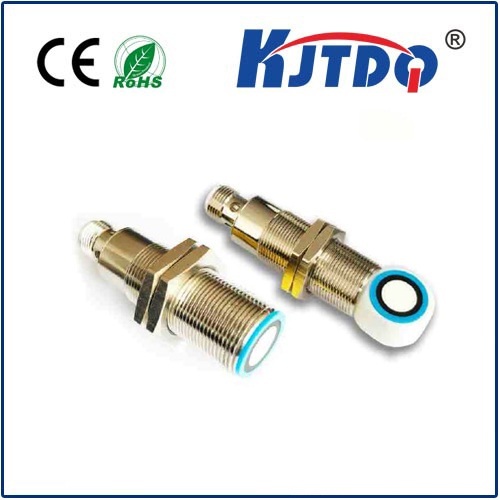pepperl fuchs capacitive proximity sensor
- time:2025-07-19 08:44:03
- Click:0
Pepperl+Fuchs Capacitive Proximity Sensors: The Invisible Guardians of Industrial Automation
Imagine a production line humming perfectly: viscous glue applied precisely to labels, glass bottles filled to the exact level without overflow, plastic granulate flowing smoothly into molds. This precise, reliable, and often untouched detection of materials isn’t magic – it’s frequently powered by the unsung heroes: Pepperl+Fuchs capacitive proximity sensors. These sophisticated devices operate silently and reliably, sensing objects without physical contact, making them indispensable across countless industrial sectors.
Capacitive proximity sensors operate on a fundamental principle: they detect changes in an electrostatic field generated around their sensing face. Think of it like an invisible bubble. When any material – whether conductive metal, insulating plastic, wood, cardboard, glass, or even liquids, powders, or granules – enters this field, it alters the sensor’s inherent capacitance. This subtle change is detected by the integrated oscillator circuit, processed, and converted into a clear switching signal. The key advantage? True non-contact detection for a vast array of targets, especially where optical or inductive sensors falter.
What makes capacitive sensors, and particularly Pepperl+Fuchs offerings, so crucial?
- Material Agnosticism: Unlike inductive sensors that only detect metals, capacitive sensors reliably sense almost any solid or liquid substance. This is revolutionary for industries like:
- Packaging: Detecting filled cartons (cardboard), stacked plastic trays, or presence of labels.
- Food & Beverage: Monitoring liquid levels in tanks (juice, milk, oil), detecting glass bottles, or sensing granular materials like sugar or flour within hoppers or pipes.
- Pharma/Chemical: Precise level control of liquids or powders in containers, verifying presence of plastic vials or containers.
- Woodworking: Detecting wood panels, boards, or composite materials.
- Plastics: Sensing plastic pellets, molded parts, or film layers.
- Robustness in Harsh Environments: Pepperl+Fuchs engineers its sensors for industrial rigor. Key features include:
- High Ingress Protection (IP Ratings): Resistant to dust, dirt, and powerful water jets (e.g., IP67, IP69K), making them ideal for washdown areas in food processing or pharmaceutical cleanrooms.
- Chemical Resistance: Many feature housings and sensing faces specifically designed to withstand aggressive cleaning agents, oils, coolants, and solvents.
- Temperature Resilience: Reliable operation across wide industrial temperature ranges.
- Overcoming Obstacles: Capacitive sensors can often detect targets through certain non-metallic container walls (like thin plastic or glass), enabling non-invasive level detection – a significant advantage for closed systems.
Pepperl+Fuchs: Engineering Excellence in Capacitive Sensing
Pepperl+Fuchs doesn’t just make capacitive sensors; they refine them. Their portfolio offers solutions tailored for specific challenges:
- Optimized Sensing Distances: Depending on the model, sensing ranges are maximized for different material types (e.g., specialized models for plastics or liquids versus standard targets).
- Adjustable Sensitivity: A critical feature! Many Pepperl+Fuchs capacitive sensors include a potentiometer or teach-in function. This allows operators to fine-tune the sensitivity, ignoring the container material and focusing detection purely on the target substance inside, minimizing false triggers.
- Advanced Electronics: Features like short-circuit protection, reverse polarity protection, and high electromagnetic compatibility (EMC) ensure operational reliability and longevity, even in electrically noisy environments.
- Innovative Designs: From compact cylindrical sensors to heavy-duty rectangular block designs, threaded barrels, and specialized variants like flat-pack sensors for space-constrained mounting or sensors with PTFE/Tefzel® coated sensing faces for extreme chemical resistance, Pepperl+Fuchs offers a fit for virtually any application.
- Smart Capabilities: Integration with IO-Link communication protocol transforms standard sensors into intelligent devices. This enables parameter setting remotely, advanced diagnostics, process data monitoring, and simplified device replacement – key elements of modern Industry 4.0 strategies.
- Material Focus: Specific product lines are engineered to excel at detecting low-dielectric materials like plastics or challenging substances like wood pellets or fine powders, where standard capacitive sensors might struggle.
Navigating Selection: Key Considerations
Choosing the right Pepperl+Fuchs capacitive sensor involves understanding your application:
- Target Material: What exactly needs detecting? (Metal, plastic, liquid, wood, granular solid?)
- Required Sensing Distance: How far away is the target?
- Sensing Environment: Exposure to dust, moisture, chemicals, extreme temperatures, or electrical noise? (IP rating, material compatibility, EMC performance are vital).
- Mounting Constraints: Space limitations dictate sensor shape and size (e.g., cylindrical M8/M12/M18/M30, block-style).
- Output Type Needed: Discrete output (PNP/NPN NO/NC), analog output (for level monitoring), or IO-Link for smart connectivity?
- Special Features: Is adjustable sensitivity crucial? Do you need level sensing capability? Is a flat front face necessary?
Beyond Basic Presence Detection: Level Control Mastery
One of the most powerful applications for Pepperl+Fuchs capacitive sensors is non-contact liquid and solid level detection and control. Mounted externally on the side of non-metallic tanks, silos, or hoppers, or internally (using sensors rated for immersion), they reliably signal high, low, or intermediate levels of fluids, pastes, powders, or granules. The ability to ignore the vessel wall and focus on the material inside is paramount here, making adjustable sensitivity a non-negotiable feature for reliable level monitoring.
The Invisible Difference Maker
In the complex orchestra of industrial automation, reliable sensing is the foundation. Pepperl+Fuchs capacitive proximity sensors provide a uniquely versatile solution, offering robust and precise non-contact detection for the vast majority of materials that inductive sensors simply cannot see. Their ability to perform consistently in tough environments, offer smart capabilities like IO-Link, and solve critical application challenges – particularly in level control for liquids, powders, and granulates – makes them an essential tool. When you need to detect plastic, monitor glue, count cardboard boxes, or ensure a tank doesn’t overflow, look to the invisible reliability of Pepperl+Fuchs capacitive proximity sensors – the silent guarantors of process integrity and efficiency.





